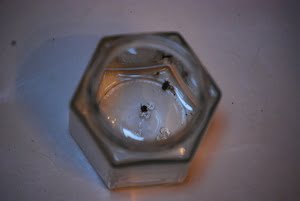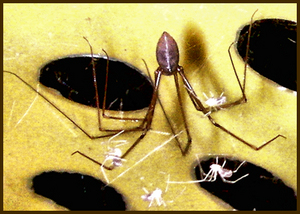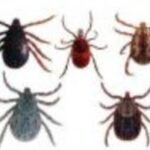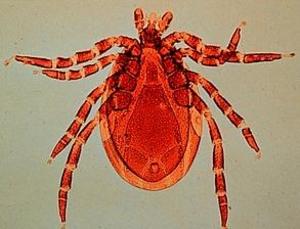As the summer months are ahead of us, those who dare to venture into the woods or areas that could be infested with ticks, need to be aware that some of the traditional methods of removing ticks are wrong.
Ticks are not insects. However, they are classified as arachids, closely related to spiders. All ticks are parasites which feed off of animals and humans. The Brown Tick rarely bites humans but are found on dogs. A Deer Tick causes Lyme disease. The American Dog Tick is the worst for humans. The reason is that the American Dog Tick can transmit diseases such as Rocky Mountain Spotted Fever and Tularia which is a plaque like disease from rodents. Typically, humans are more exposed to American Dog Ticks when they try to take those ticks off of dogs.
Now let’s explore some of the myths about removing a tick. Some of the folklore myths that have been passed down through time were:
Smother the tick with petroleum jelly, kerosene, or nail polish remover.
Burn it with a match.
Twist it counterclockwise to unscrew it.
And, it’s been said that awful things will happen if you leave that head in your skin to fester up.
All the above are wrong ways to handle ticks. Here is what we should do:
First, don’t worry about the tick’s head. It cannot spread the disease. However, if you get him upset, which I would suppose tearing his head off would do the trick, he would vomit into your bloodstream. So this is the actual reason you need to be careful removing his head.
You do need to remove the tick as soon as you can so it doesn’t give it time to drive its tick juices in your bloodstream. Position your tweezers as close to your skin as possible, then, pinch its head. This will prevent the regurgitation from the tick into your blood stream. Pull it off your skin. Put an antiseptic ointment on the area where the tick was removed. It will be red for a few days or even weeks. This is because of the tick’s saliva mixed into your bloodstream. It’s a good idea to keep the dead tick in a sealed container or Ziploc baggie just in case you do come down with something.
The Best way of not getting a tick on you is to avoid the environments where you can be prone to ticks, i.e. the woods. If you do need to go in these areas, make sure you have long pants on and treat all your clothing. The best way to treat your clothes is to spray them with Permethrin on all sides. Do it the night before so the Permethrin can dry on your clothes. This can give you extra protection. For added protection you can spray your expose parts of your body with Deet.






